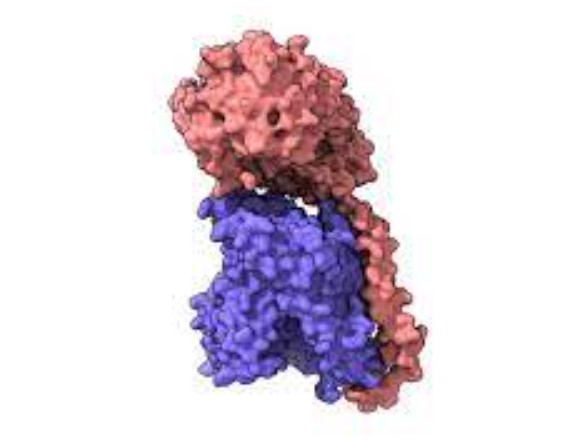Spanish researchers see, in atomic detail, proteins of the HAT family, that will facilitate the design of recent medicine against common diseases
See to perceive. This is the issue that marks a new milestone in medical analysis and features a Spanish stamp , since researchers from the National Center for Oncological Research (CNIO) and also the Institute for Biomedical Research (IRB Barcelona) have “put a face” on essential proteins for cellular life, those of the HAT family, implicated in cancer or Alzheimer’s, as they serve as gates for the entry and exit of amino acids into cells, as explained in a very study revealed within the scientific journal “Proceedings of the National Academy of Sciences’ .
Cancer. Demonstrated for the primary time how diet influences the foremost aggressive prostate tumor
Specifically, because of the most recent high-resolution structural technologies such as electron cryomicroscopy, researchers are able to visualise the structure of 1 of the members of this protein family in atomic detail and, combined with computational modeling and mutant design of protein, therefore understanding its operation, which may be a great advance for the scientific community. With this info, the good challenge for researchers currently is to search out new therapies and diagnostic tools for pathologies in that the transporters of the HAT family are involved , with special interest in those diseases that represent serious public health problems such ascancer or neurodegenerative diseases like Alzheimer’s .
How does it work
Amino acids, the fundamental building blocks that enable life, enter and leave cells so that they’ll grow, divide and do their physiological functions. This entry and exit of the cells happens due to the gates formed by, among others, the proteins of the HAT family, that are embedded in the cell membranes. Despite the very fact that HAT proteins are practically identical in their structure, some carry some amino acids and not others, which gives them completely totally different functions. In order to understand this specificity in function, the scientists began to review the 3-dimensional structure of this vital family of proteins.. “The a lot of traditional techniques for determining the structure of proteins, like those using X-rays, have had limited success with proteins that are embedded in biological membranes, so several queries have remained unsolved,” says Óscar Llorca , chief of the Cluster of Macromolecular Complexes within the Response to DNA Damage of the CNIO, director of the Structural Biology Program of the Center and co-author of the work.
“The combination of the resolution of the structure by electron cryo-microscopy with calculations of molecular dynamics and purposeful studies, represents an experimental platform with nice potential that permits to unravel the functioning of amino acid transporters . In this case, we have applied this technology to identify the molecular mechanisms that make these proteins transport some amino acids and not others ” , explains Manuel Palacín , head of the Amino Acid Transporters and Disease laboratory at IRB Barcelona, ??cluster leader at the CIBER of Rare Diseases, and Professor at the University of Barcelona.
New medication
Thanks to the techniques of cryo-electron microscopy , a field in which Llorca is an expert worldwide, the visualization of the molecular structure of proteins has taken a big revolution, since it contributes to accelerating the event of latest compounds and medication of interest in fighting cancer and other diseases.
In this work, the researchers have been in a position to visualise with atomic resolution, by using cryo-electron microscopy, the structure of a member of the HAT family -the * LAT2 / CD98hc- protein, and confirm the pocket where amino acids bind. that they transport, moreover because the detail of the mechanism by that this recognition happens. So, the work shows how the substitutions of some residues for others in these positions in the various members of the family are responsible for the amendment within the specificity of recognition and transport of some amino acids and not others. The results of this analysis can now make it potential to direct efforts to search out new drugs that act specifically on specific regions of those proteins., and control the diseases in which they intervene like cancer or Alzheimer’s.

